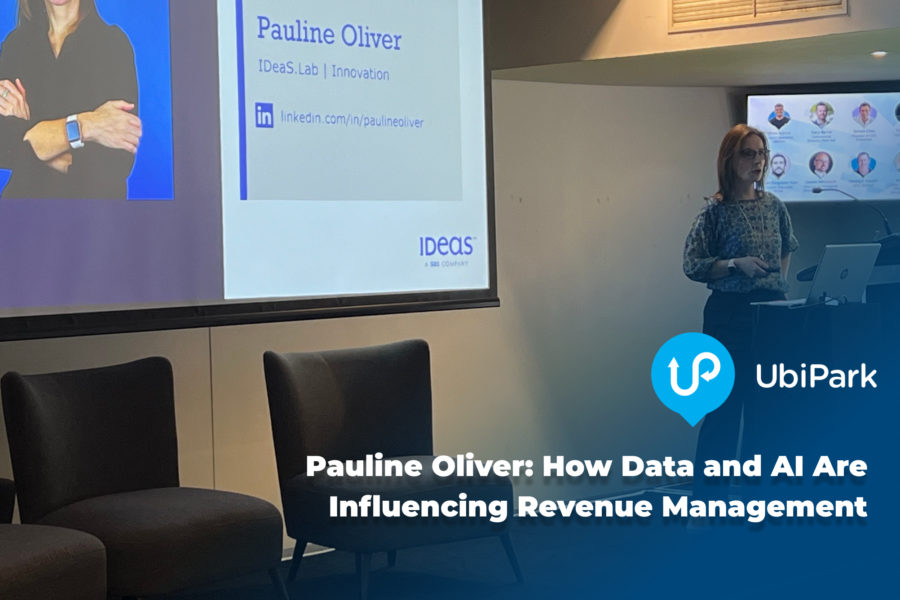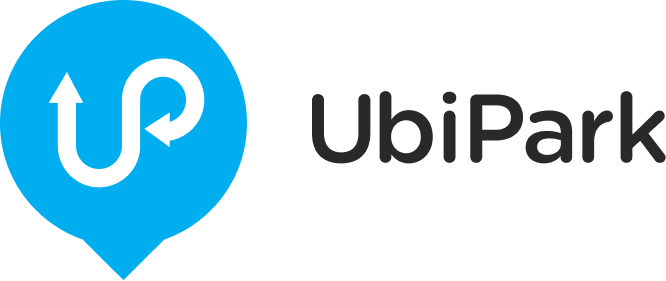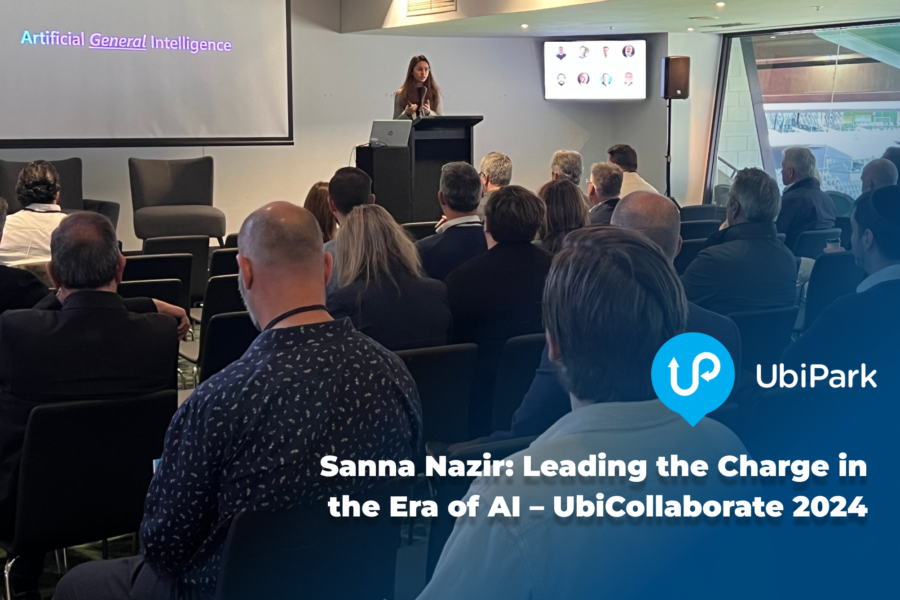Data is revolutionising the parking experience
June 17, 2019
Commuting is a way of life for many of us. Last year, it was documented that 9.2 million people drive to work, with the average commuter travelling 16.5km to reach their workplace. The parking experience for commuters is varied as it is frustrating…
We’ve all experienced the perils of peak time commuting; coming up against delays, congestion and traffic as millions of us attempt to make it into work on time.
And as the population continues to expand, commuting issues are only set to worsen. So how exactly can we tackle these commuting perils once and for all?
Getting to know commuter pain points
Many of these commuters drive to their nearest transportation hubs, such as train stations, before embarking on their journey into work, but this can cause big problems before the commute even begins.
Often, these hubs can’t cater to the number of commuters that drive from home to the station. This means that many unlucky travellers miss out on getting a park. Consequently, they miss their connecting train or bus, and this adds massive delays to their travel time – alongside soaring stress levels.
Using smart technology to identify spaces
First thing’s first, in order to combat this issue, commuters need to be provided with a clear overview of the levels of supply and demand around these hubs. This is critical so they can plan their journeys accordingly and take an alternative route if car parking isn’t available.
With the advent of smart technology, such information can be aggregated and shared with commuters via a single, easy to use app.
Scanning the app for available spaces, commuters may find that all the parking spots are already taken. However, the app could show available parking in a local sporting stadium that’s underutilised during that week. This stadium could be a perfect alternative, perhaps just one stop back on the train line.
Such insights would prove invaluable for commuters, who can then navigate their way around any hurdles before they even leave the house.
Taking the personalised experience one step further
Councils and businesses could take this one step further, introducing initiatives that involve collaboration with other transport providers.
For example, public transport card systems such as Myki or Opal could be linked to parking accounts and be used to pay for parking. This would make the entire commuter experience more efficient and a lot easier for those commuters that have to interchange between different transport modes.
Non-commuters could then be charged at a higher rate for parking in these areas during peak times while commuters benefit from a reduced rate.
By limiting commuter car parking to commuters only, those not using public transport will be discouraged from taking up vital spots at transport hubs. Long term, this will increase spaces for those that need them most.
Making changes today
As the population continues to grow, it’s essential that new initiatives are introduced that enhance the travel experience for commuters. While adding more parking spaces at stations would often be the ‘go to’ solution, in order to make a transport model that is adaptable and works long term, we must take advantage of smart parking solutions. By doing so, we will be able to create long term change at low cost; ultimately transforming the commuting process for Aussies across the country.



